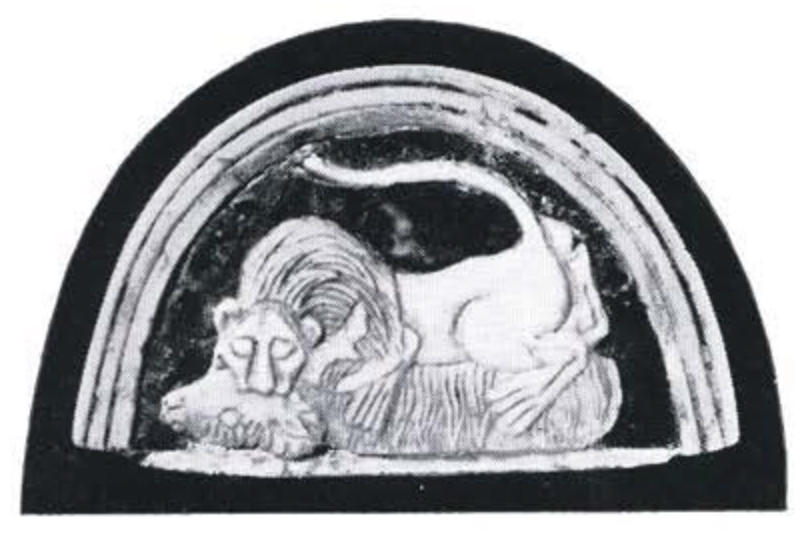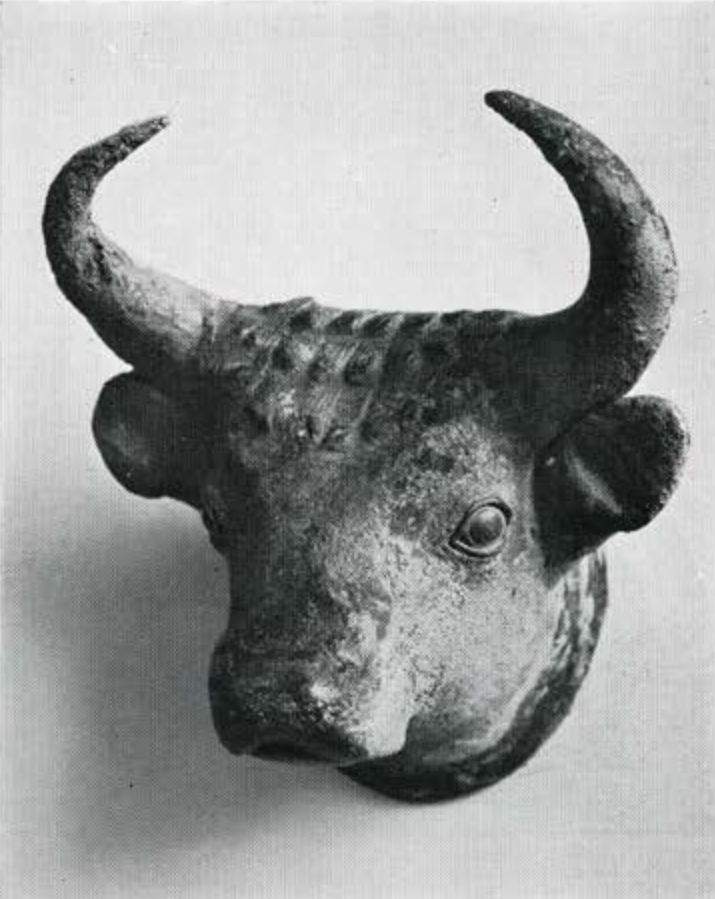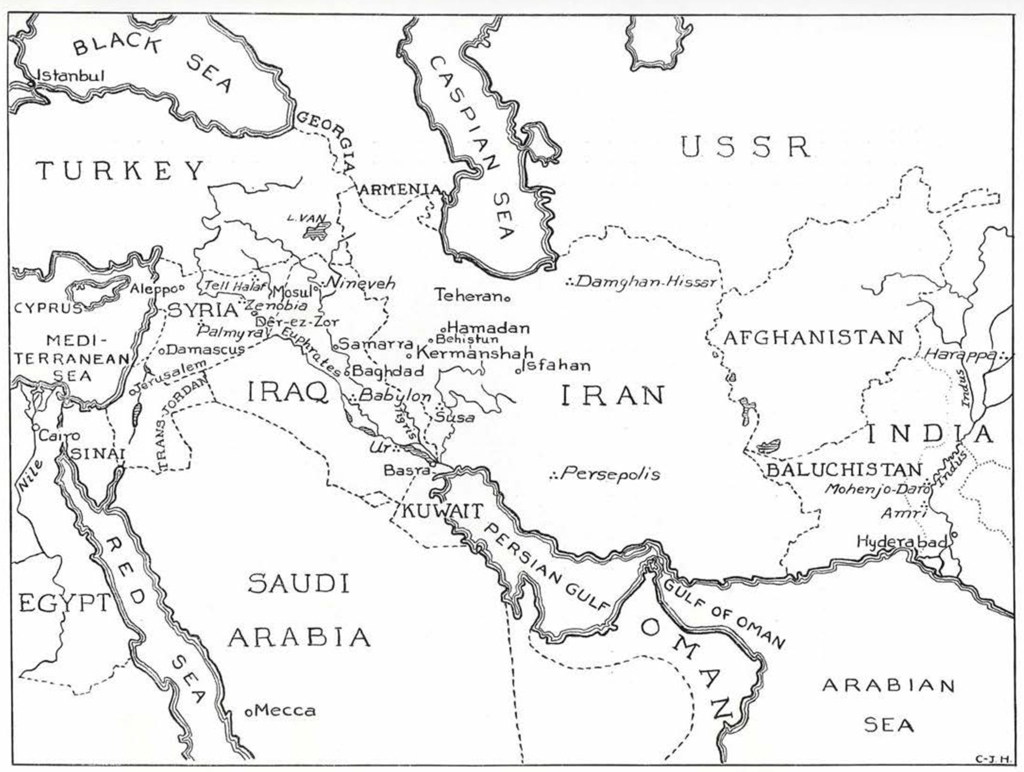THE succession of archaeological periods in Mesopotamia in the IVth and IIIrd millennia is fairly well established. However, absolute dates are still out of the question. King’s lists-not all complete-, astronomical observations, parallel dynasties, synchronism between the kings of Assyria, Babylonia and Egypt, have been combined in turn by the authors of conflicting systems. The present table follows a middle way, intended as a practical help to the reader.

| al-‘Ubaid Period | before 3200 B.C. |
| Uruk Period | before 3000 B.C. |
| Jemdet-Nasr Period | 3000-2850 B.C. |
| Early Dynasties | 2850-2750 B.C. |
| Ur Royal Cemetery | c. 2750 B.C. |
| First Dynasty of Ur | c. 2700 B.C. |
| Eannatum of Lagash | c. 2650 B.C. |
| SargonofAgade | c. 2550B.C. |
| The Guti domination and Gudea | c. 2200 B.C. |
| The Third Dynasty of Ur | 2130-2015 B.C. |
| The Kings of Isin and Larsa | 2025-1863 B.C. |
| The First Dynasty of Babylon | 1894-1595 B.C. |
| The Cassite Dynasty | 1741-1164 B.C. |
| Ashurnasirpal of Assyria | 884-860 B.C. |
| Sargon II of Assyria | 722-705 B.C. |
| The destruction of Nineveh | 612 B.C. |
| The Nee-Babylonian Kings (Nebuchadnezzar etc.) | 612-539 B.C. |
| Cyrus conquers Babylon | 539 B.C. |
| The Persian Achaemenides (Darius, Xerxes, etc.) | 539-331 B.C. |
| Alexander, the Greek period | 331-129 B.C. |
| The Parthian, Arsacid Persian rulers | 129 B.C.-79 A.D. |
| The SassanianPersianrulers | 79-632 A.D. |
| Muhammed and the Arab rulers | 632-1258 A.D. |


* On the short chronology of the 2d and 3d millennia now generally accepted see Sidney Smith, Alalakh and Chronology, 1940, and The Statue of Idri-mi, 1949 (London); W. F. Albright, From the Stone Age to Christianity, 1946 (2d Edition, Baltimore).

